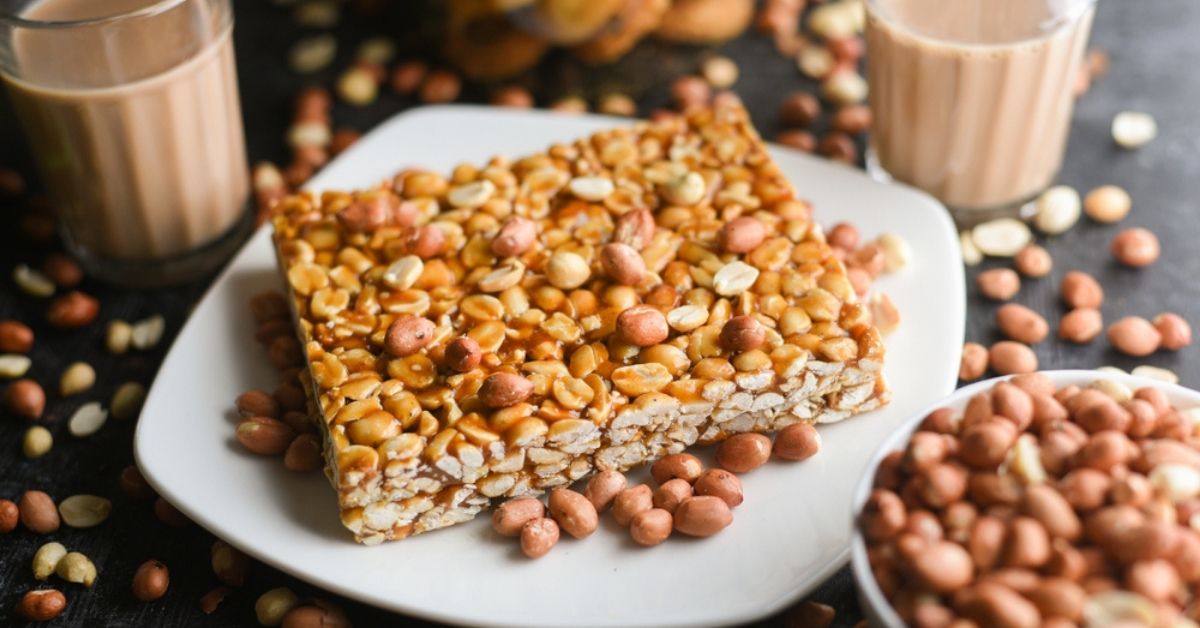Love Lonavala Chikki? Its Innovation Once Helped Build Railroads in India!
The chikki made in Lonavala in Maharashtra is famous for its delicious taste. But did you know it's origin is inextricably linked to the growth of the Indian Railways?

Chikki is a traditional evening snack made from nuts, jaggery, and ghee. But, did you know that these nutty-brittles were an innovation that helped build railroads in India?
It all started in the 19th Century when the British used 1000s of workers from Maharashtra to build a railway line connecting Mumbai and Lonavala. Since laying tracks across mountains was a tedious job, a sweet shop owner named Maganlal Aggarwal in Lonavala decided to make them a cheap, high-calorie snack.
That is when he invented the Gud Dani, a mixture of peanuts, melted jaggery and ghee, which is also known as Chikki. Like energy bars, these were distributed to the workers and were a hit among them. Once the project was completed, the chikkis travelled along with workers as it was a convenient snack for the journey.
Seeing a business opportunity, the railway authorities commissioned Maganlal Aggarwal to prepare chikki and sell them to travellers between Mumbai and Lonavala.
Watch this video to know more:
If you found our stories insightful, informative, or even just enjoyable, we invite you to consider making a voluntary payment to support the work we do at The Better India. Your contribution helps us continue producing quality content that educates, inspires, and drives positive change.
Choose one of the payment options below for your contribution-
By paying for the stories you value, you directly contribute to sustaining our efforts focused on making a difference in the world. Together, let’s ensure that impactful stories continue to be told and shared, enriching lives and communities alike.
Thank you for your support. Here are some frequently asked questions you might find helpful to know why you are contributing?


This story made me
- 97
- 121
- 89
- 167











